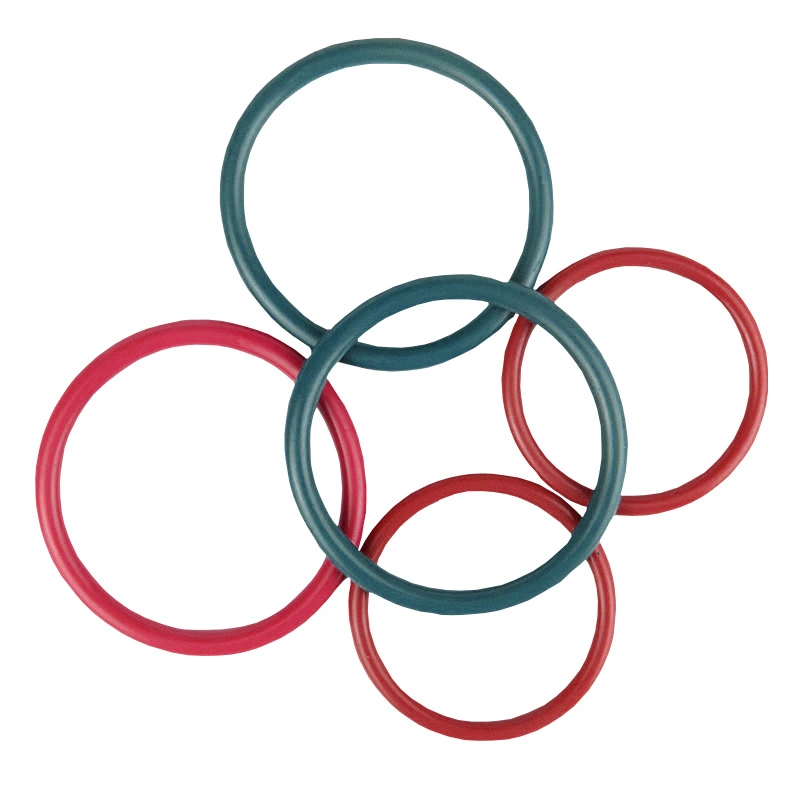Nitrile Rubber Sealing Ring (NBR)
Suitable for use with petroleum-based hydraulic oil, glycol-based hydraulic oil, diester-based lubricating oil, gasoline, water, silicone grease, and silicone oil. It is currently the most widely used and cost-effective rubber sealing material. However, it is not suitable for polar solvents such as ketones, ozone, nitrohydrocarbons, MEK, and chloroform. The general operating temperature range is -40 to 120°C.
Hydrogenated Nitrile Rubber Sealing Ring (HNBR)
Exhibits excellent resistance to corrosion, tearing, and compression deformation. It is resistant to ozone, sunlight, and weathering and has better wear resistance than nitrile rubber. Suitable for washing machines, automotive engine systems, and refrigeration systems using the new environmentally friendly refrigerant R134a. It is not recommended for use in alcohols, esters, or aromatic solvents. The general operating temperature range is -40 to 150°C.
Ethylene Propylene Diene Monomer (EPDM) Rubber Sealing Ring
Offers excellent weather resistance, ozone resistance, water resistance, and chemical resistance. It can be used with alcohols and ketones and is also suitable for sealing in high-temperature steam environments. Common applications include sanitary equipment, automotive radiators, and braking systems. It is not recommended for food applications or exposure to mineral oils. The general operating temperature range is -55 to 150°C.
Chloroprene Rubber (CR) Sealing Ring
Has excellent resistance to sunlight and weathering. It is resistant to refrigerants such as dichlorodifluoromethane and ammonia, as well as diluted acids and silicone-based lubricants. However, it swells significantly in low-aniline-point mineral oils and tends to crystallize at low temperatures. Suitable for environments exposed to atmospheric conditions, sunlight, and ozone. The general operating temperature range is -55 to 120°C.
Natural Rubber (NR) Sealing Ring
Exhibits excellent wear resistance, elasticity, tensile strength, and elongation. However, it ages easily in air, becomes sticky when heated, and swells or dissolves in mineral oil or gasoline. It is alkali-resistant but not resistant to strong acids. Suitable for use in automotive brake fluid and ethanol-containing liquids with hydroxyl ions. The general operating temperature range is -20 to 100°C.
